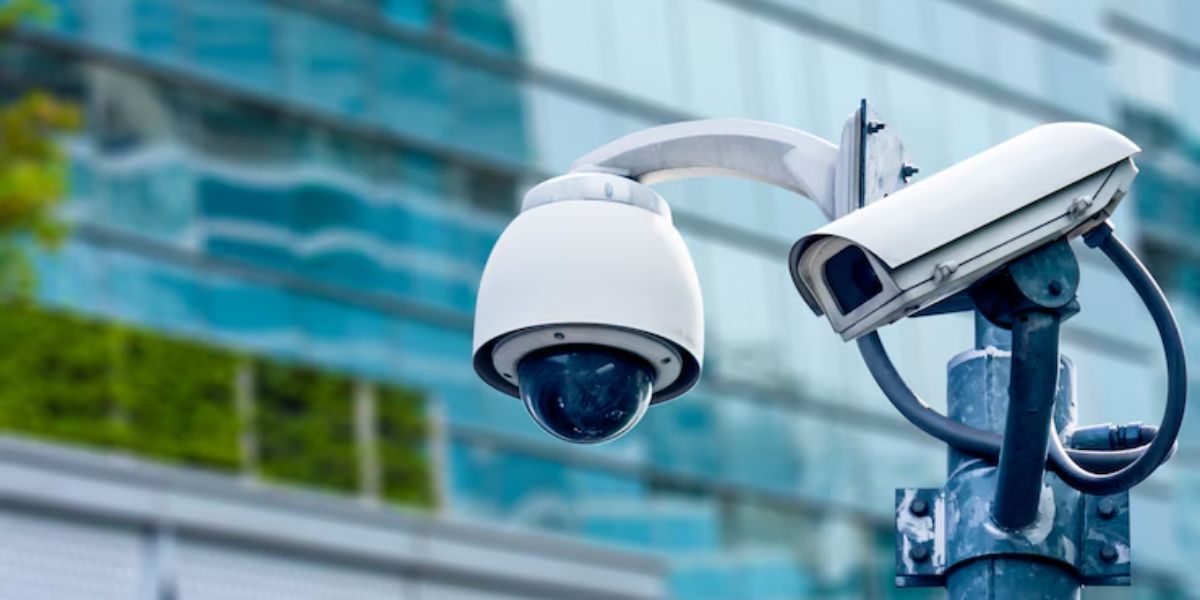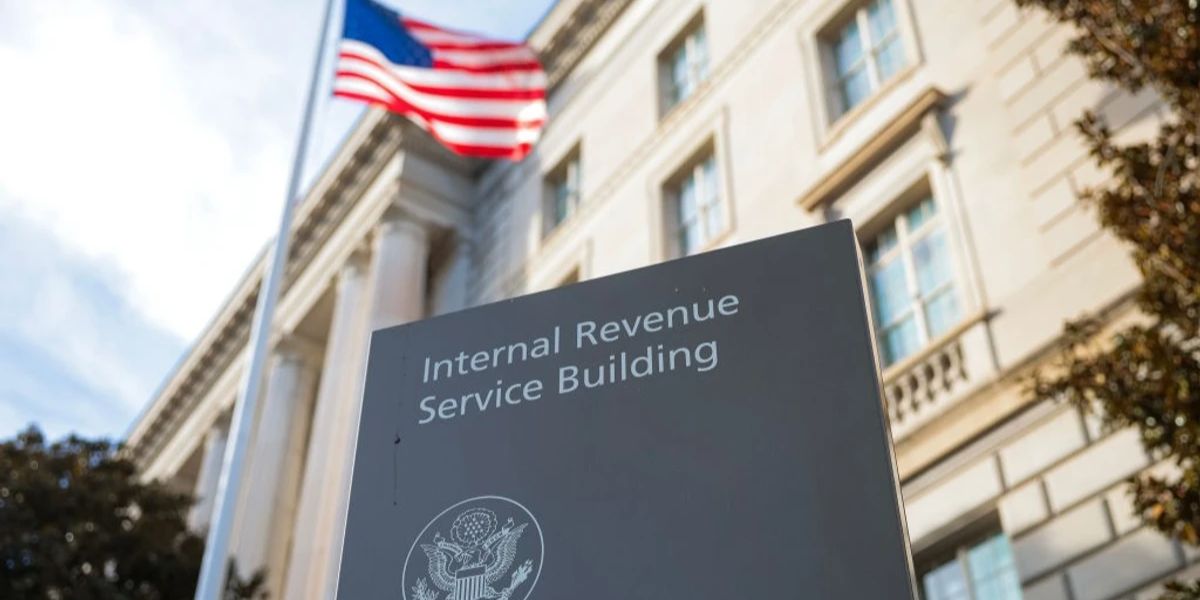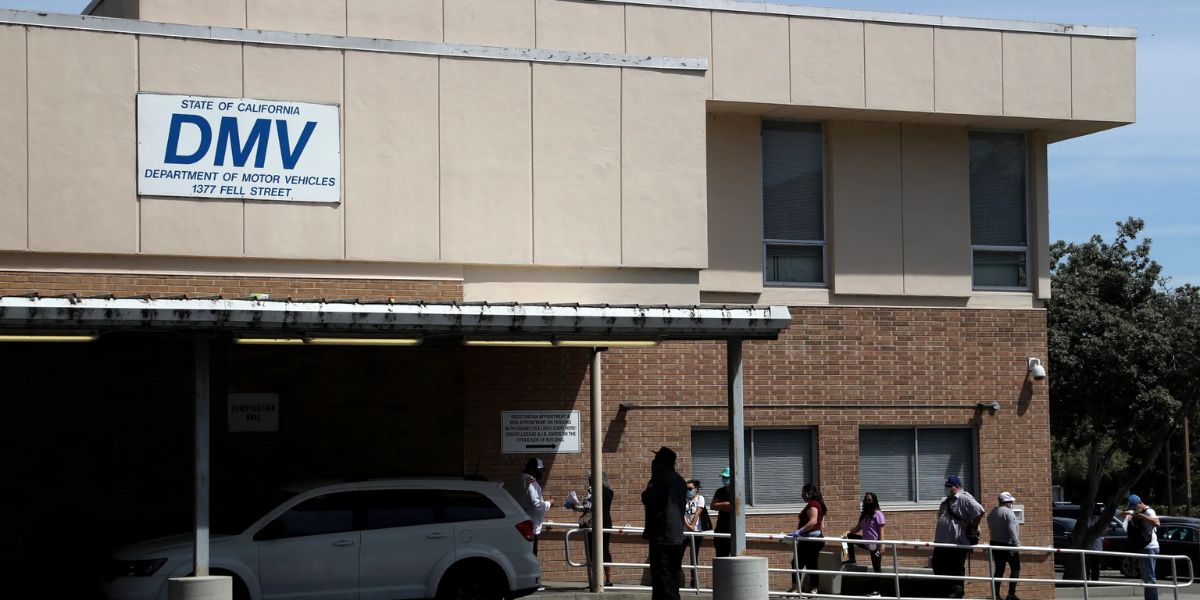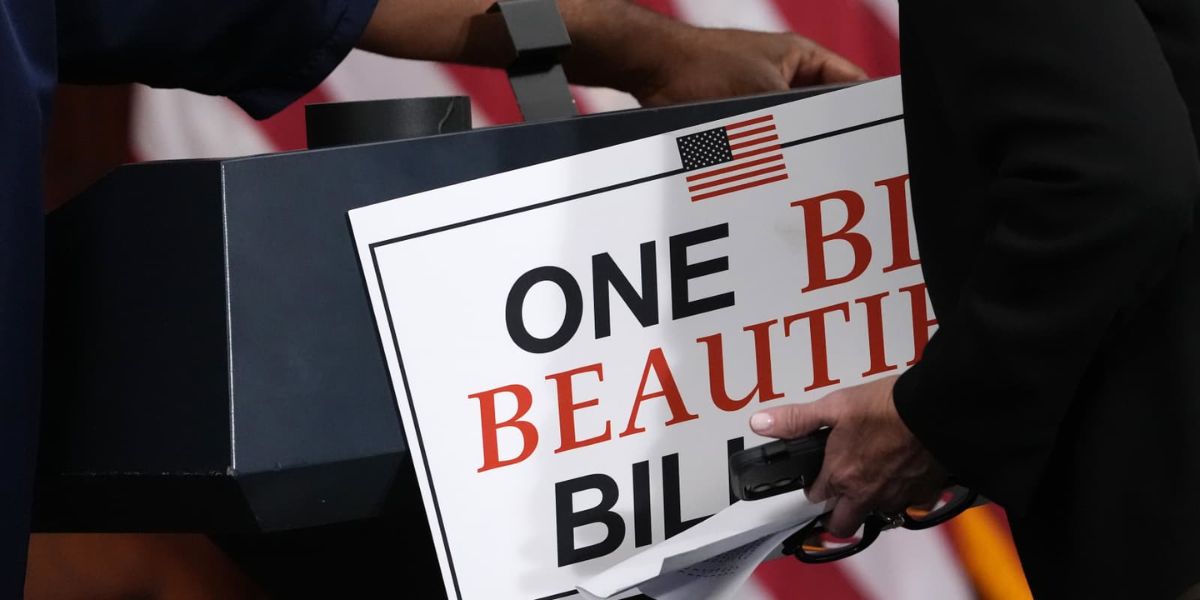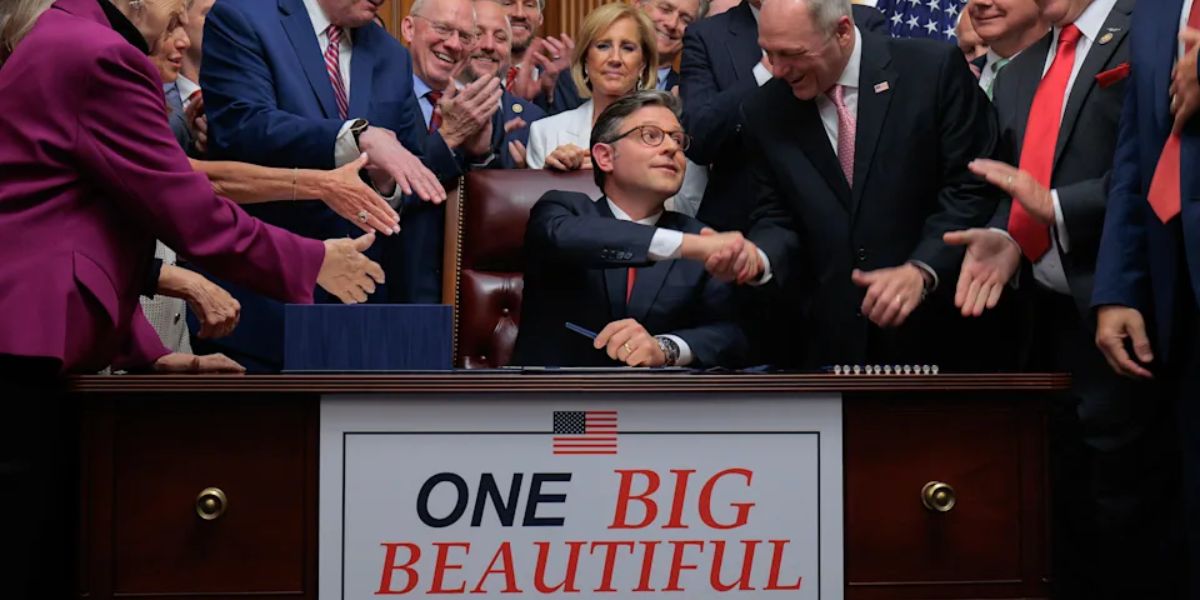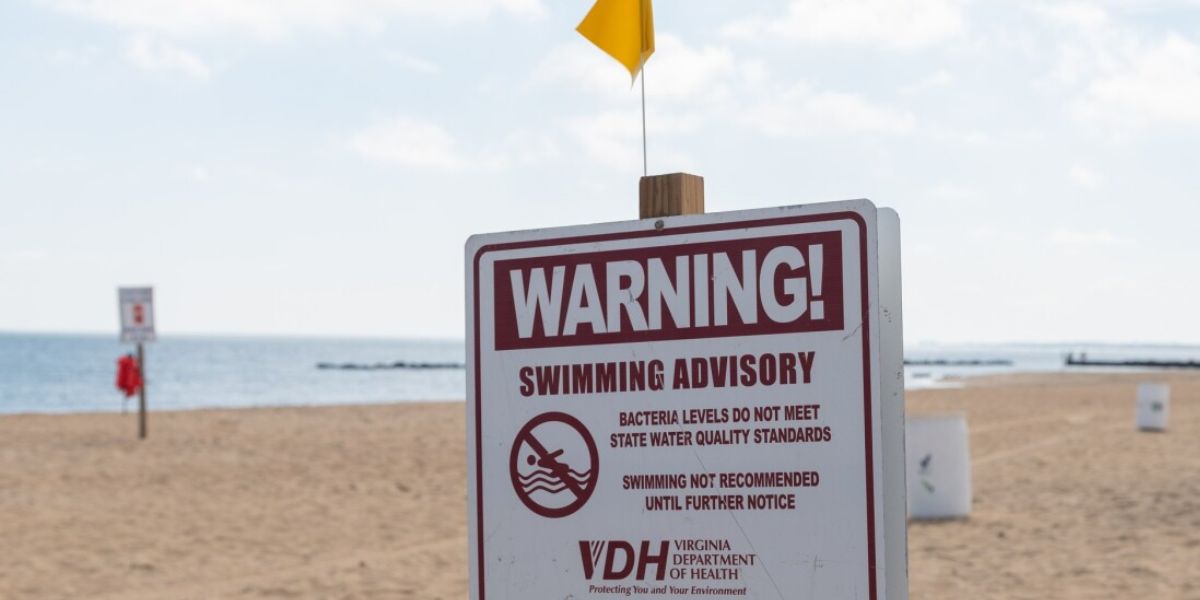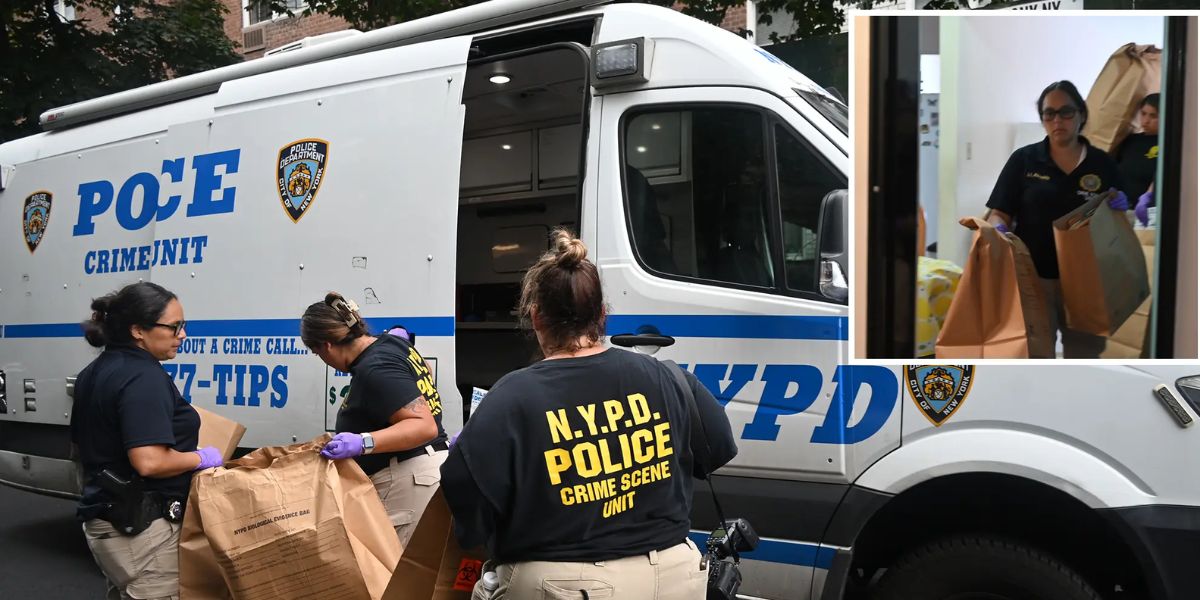Philadelphia, Pennsylvania – As parking rules become tougher across the United States, one city is taking a technological approach to curb violations.
The Philadelphia Parking Authority has begun enforcing stricter parking rules using AI-powered cameras on buses and trolleys, and drivers are being warned about the new enforcement methods.
This initiative is aimed at reducing congestion and improving bus and trolley service reliability, which has been a growing concern in the city.
The New Parking Enforcement System
Starting May 7, drivers who park in bus lanes or other no-stopping zones will face stricter enforcement through the use of artificial intelligence. The system will employ cameras mounted on SEPTA buses and trolleys to spot parking violations.
Once the AI detects a vehicle that is stopped or double-parked in a restricted zone, it captures an image, which is then reviewed by enforcement staff before issuing a ticket.
Philadelphia’s initiative is focused on reducing congestion caused by parking violations, particularly in areas where bus and trolley services operate.
As Christopher Puchalsky, Director of Policy and Strategic Initiatives at OTIS, mentioned, this approach aims to improve the SEPTA system’s performance and ease commutes for working Philadelphians.
What’s the Period for This Enforcement?
A three-week warning period was already underway from April 16 to May 7. During this time, drivers caught violating parking regulations would only receive a warning notice.
However, starting May 7, actual tickets will be issued, with fines of $76 for violations in Center City and $51 for violations in other neighborhoods.
Read Also: Minimum Wage Hike in 15 States Across the U.S. Starting This July
The Role of AI in Enforcing Parking Rules
The cameras installed on 152 SEPTA buses and 38 trolleys have the ability to automatically detect parked vehicles and take images of the violations.
The AI system helps speed up the process by flagging violations for review, reducing the need for manual observation by enforcement officers. This automated system is expected to save time and resources while ensuring that bus and trolley stops remain accessible and free from obstructing vehicles.
Impact on Traffic and Accessibility
The new enforcement system has several benefits for the city. First, it aims to reduce congestion caused by vehicles blocking bus and trolley lanes, making public transportation more reliable for daily commuters.
Second, the initiative will improve access to bus and trolley stops, which is especially important for people with disabilities who rely on these services.
The enforcement initiative builds on a pilot program that ran for roughly 70 days, during which cameras captured over 36,000 instances of vehicles blocking bus lanes along Routes 21 and 42. The data gathered from the pilot program demonstrated the effectiveness of AI in addressing parking violations and improving traffic flow.
What Drivers Should Expect
With the official enforcement period beginning on May 7, drivers are encouraged to familiarize themselves with the new rules to avoid fines.
The initiative aims to improve the overall efficiency of Philadelphia’s public transportation system, making it more reliable and accessible for everyone.
For more updates and information on Philadelphia’s parking enforcement, visit ridgecrestpact.org.

